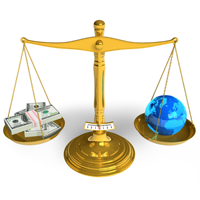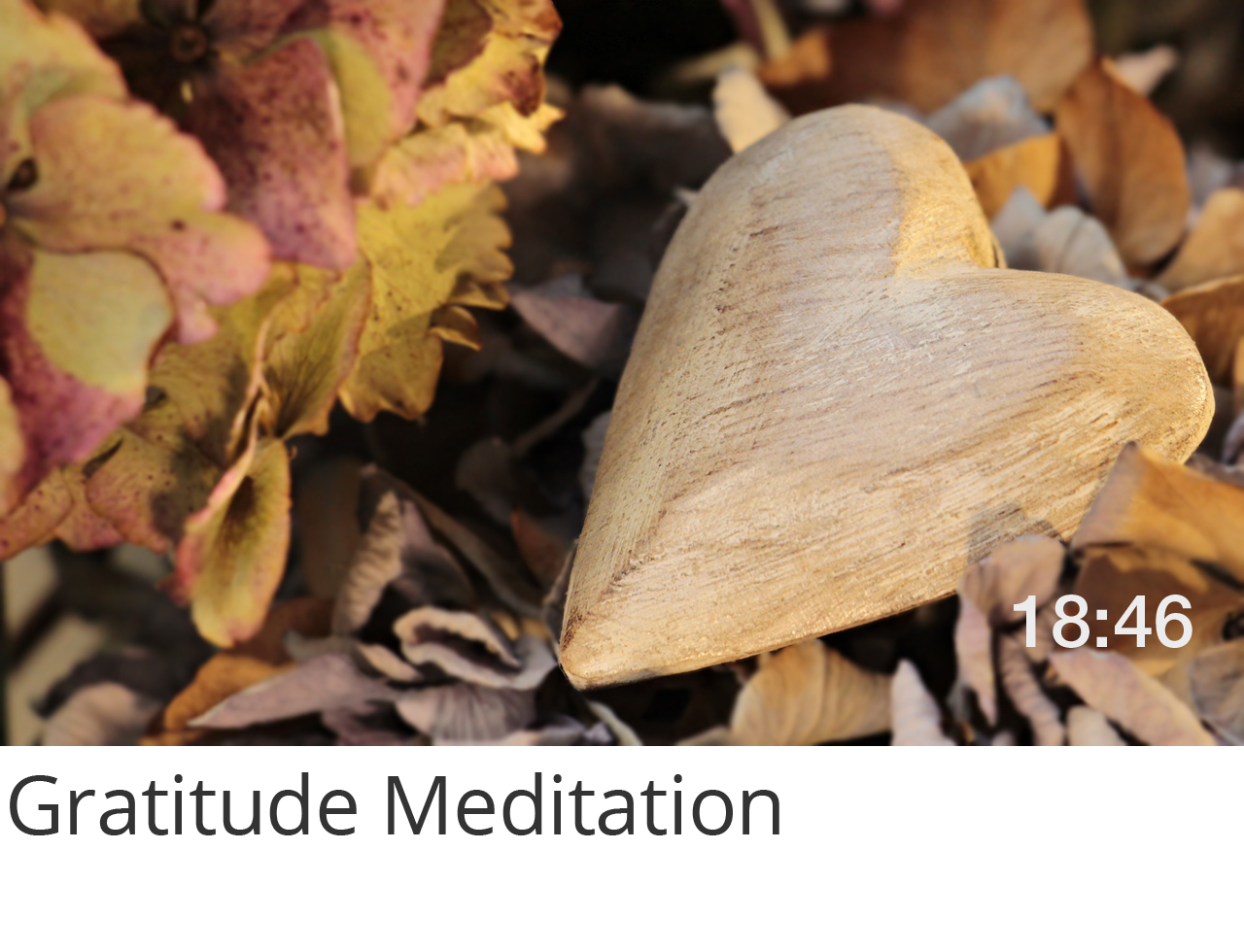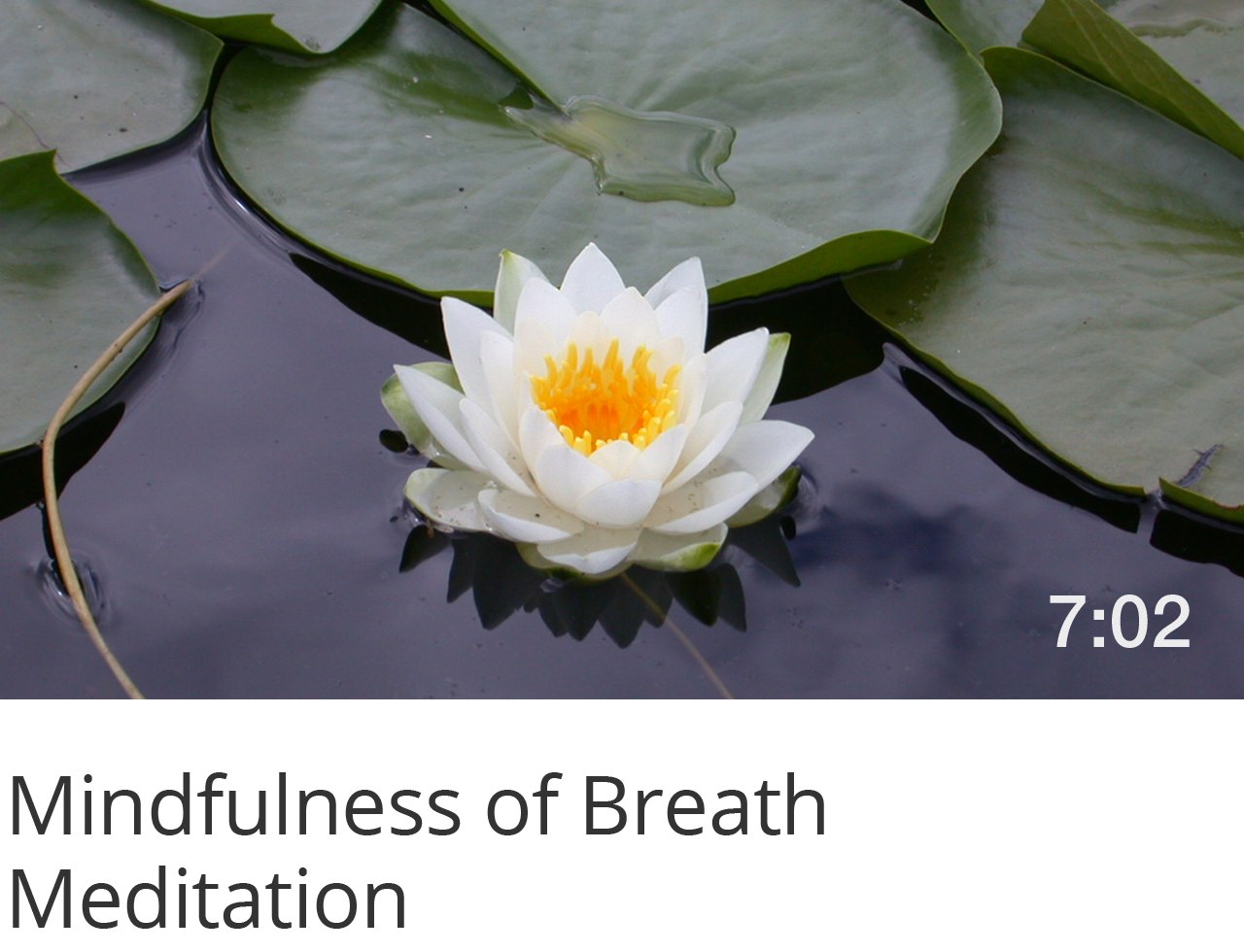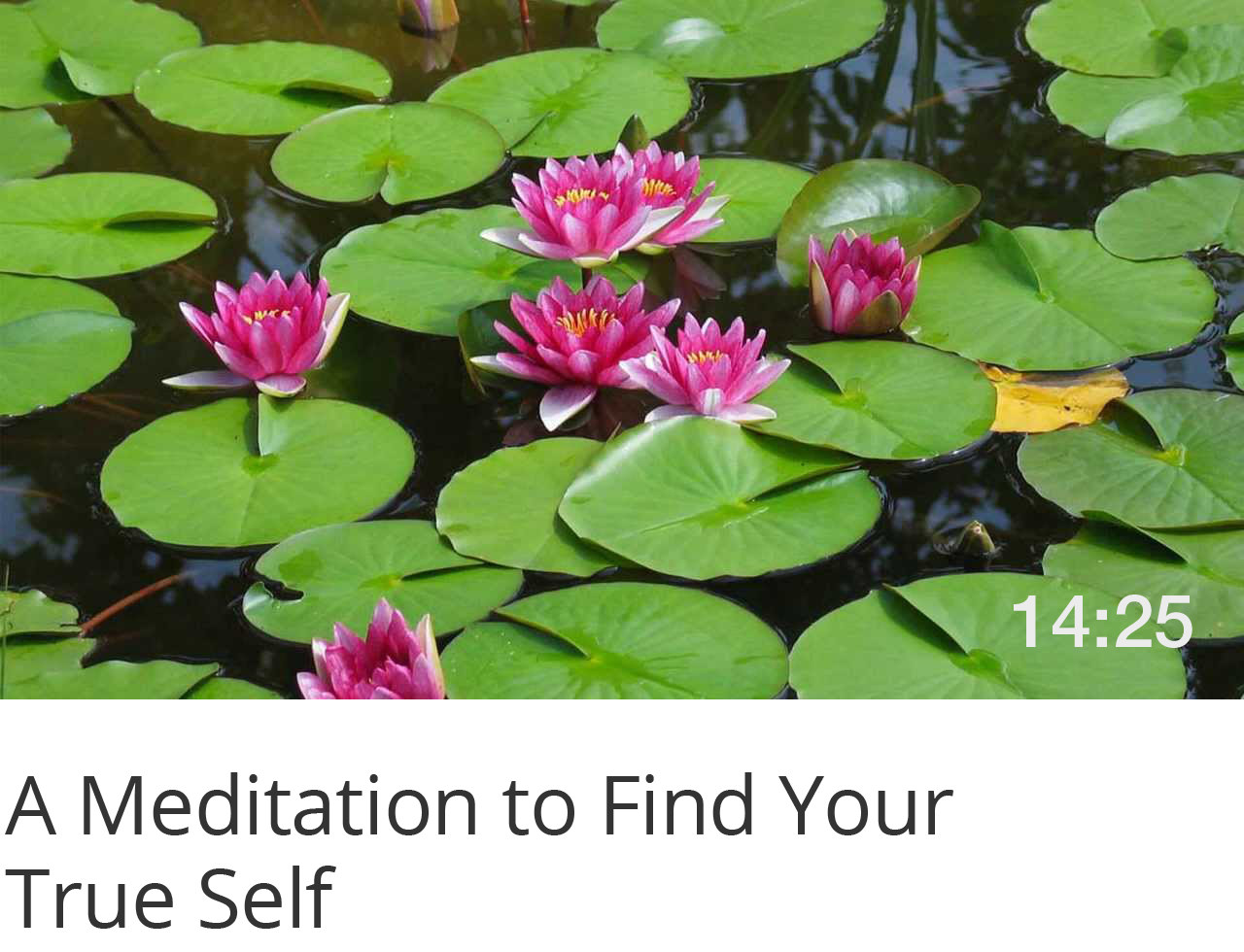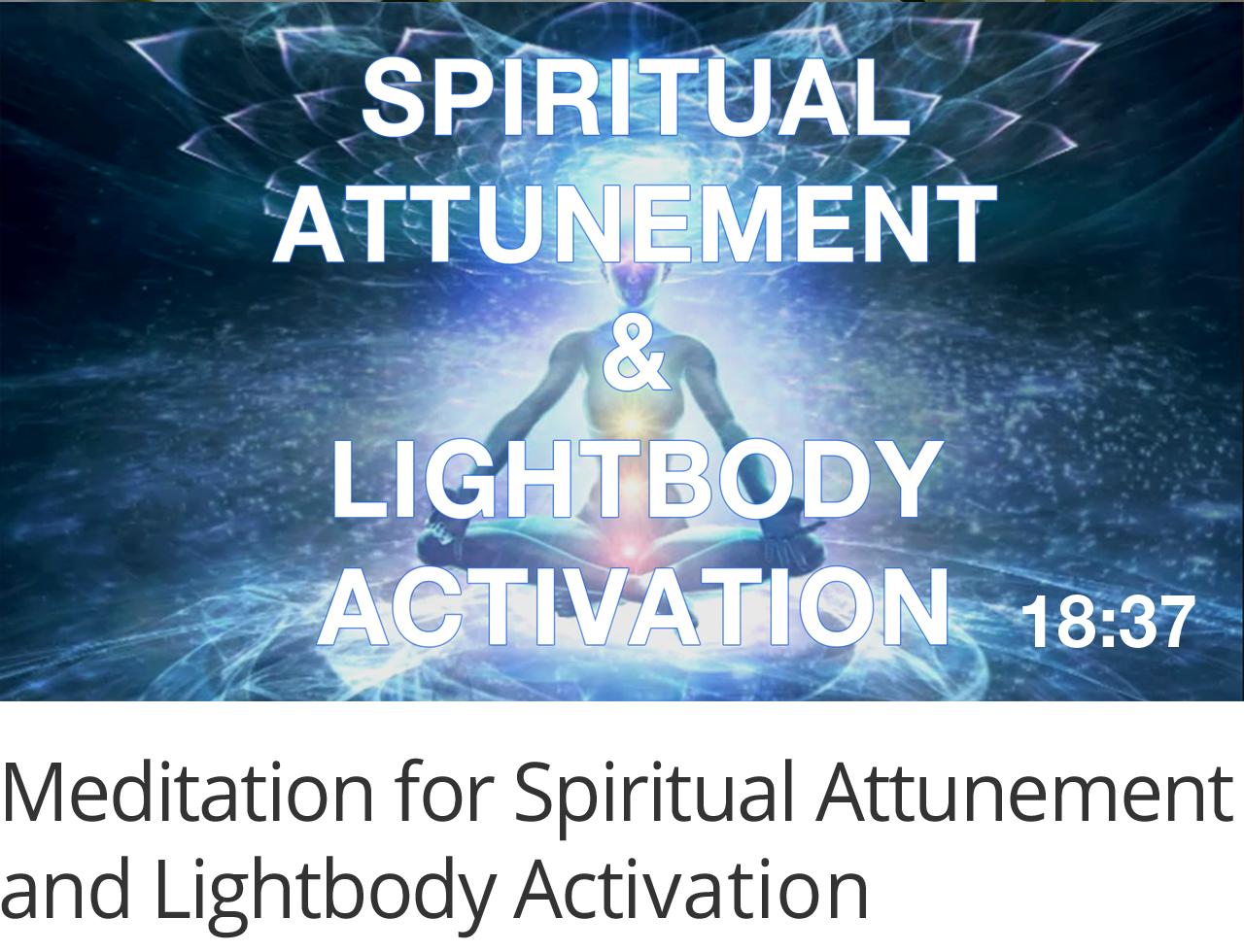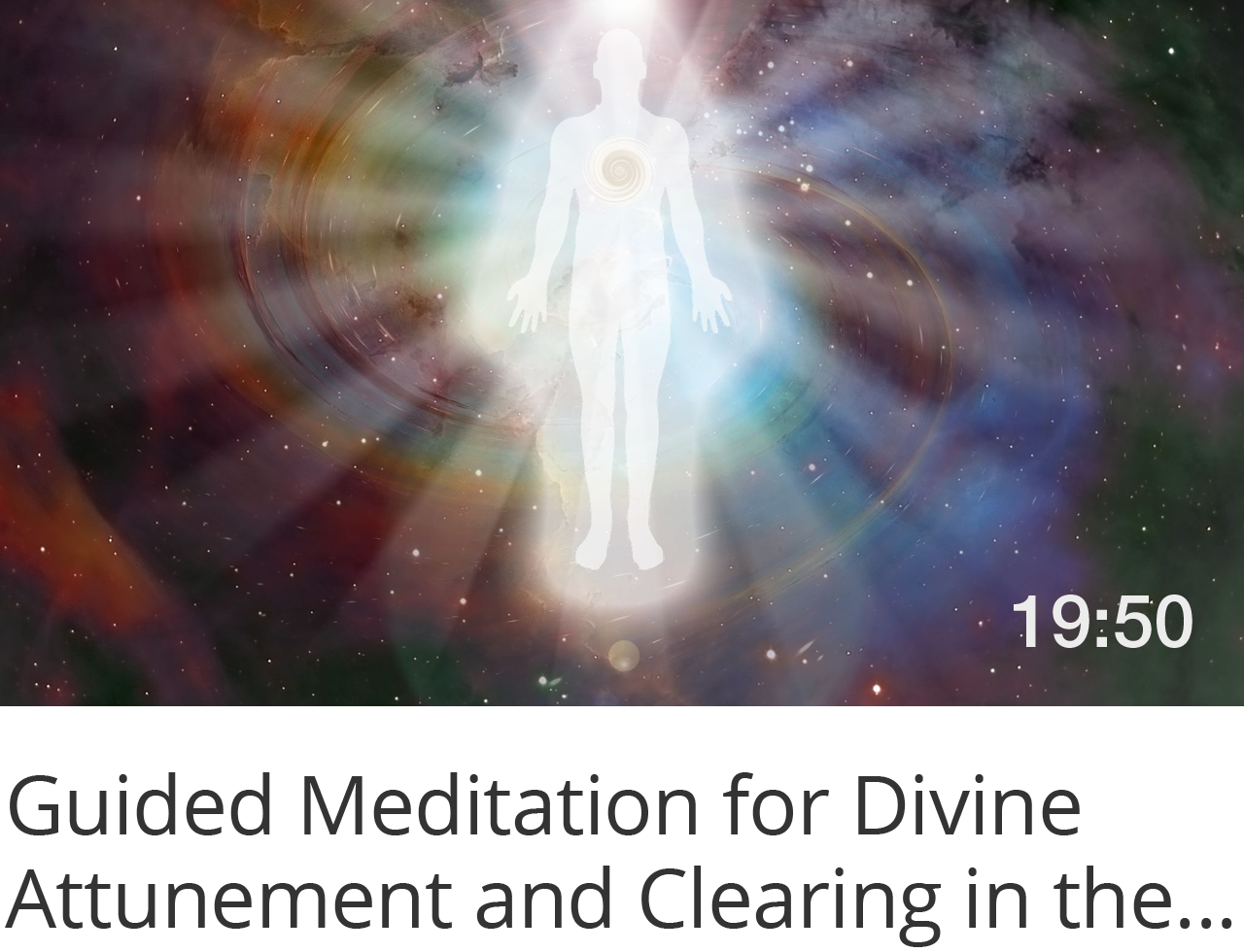A steady state economy describes a stable economy that does not grow beyond its ecological limits. A steady state economy recognises that the Earth only has a finite amount of natural resources, and a finite carrying capacity, and eliminates the unsustainable practices of overproduction and overconsumption. It calls for economic degrowth rather than economic growth. A steady state economy is therefore an important feature of ecological economics. In this post I will discuss the benefits of a steady state economy and why it is important to our authentic living and to the wellbeing of ourselves and the planet. I will also explain how it is possible to achieve without a loss to our economic wealth or quality of life.
Why We Need a Steady State Economy
In mass society the pursuit of economic growth and the associated practices of overproduction and overconsumption are unsustainable. That fact can’t be argued with, as the Earth has a finite number of natural resources. Apart from the exhaustion of natural resources, the ecological costs of economic growth include:
- pollution
- habitat destruction
- species extinction
- soil erosion
- flooding
- climate and weather pattern disruption
The social costs of economic growth include:
- increased materialism
- increased competition
- the breakdown of community
- a rich-poor divide
- poor treatment of labourers in developing countries
- urban congestion
The issue here is that mass society is to various degrees in denial of the fact that economic growth is unsustainable. Despite the warning signs that are occurring all around us, and all the reports from those who can see what is happening, the response is invariably “business as usual”. This denial occurs when we lack mindfulness and become trapped in the spectacle of materialism—a characteristic of the consumer culture of mass society, which holds us in trance and encourages us to accumulate and consume—with destructive costs.
The overproduction of goods that are increasingly disposable and designed to fail, occurs to meet the demand generated by advertising and the spectacle of materialism that trigger reactive desires in people. A deeper reason for the practice of overproduction is that businesses generally seek to accumulate money because of the scarcity created by a debt-based money system and the fear of lack that this generates. This often involves cultivating wants in people as products and services are marketed by businesses as essential for us, regardless of whether they actually are essential, or whether they actually meet our authentic needs.
Preparing For a Steady State Economy
Creating a steady state economy begins with a shift in our consciousness. The root cause of our blind pursuit of economic growth, and of our complicity in growth-based economies, is found in our patterns of reactivity and dissociation, and in our narrow self-interest that occur when we identify with the narrow ego-self.
Mindfulness is the practice of consciously directing our attention in the present moment, without reactivity or judgement. With mindfulness we can observe our patterns of reactivity and dissociation at work, without being caught up in them, and then release them by giving ourselves the conscious choice about how we respond to our experience. For example, before we take out a huge loan or finance plan to buy the sports car that gratifies our ego’s desires, we can observe what we are reacting to and why, and consider what alternative responses there may be, particularly when we enlarge our perception of meaning and choice. In this example we may learn that our existing car is perfectly okay for meeting our needs and that what actually needs to change is not our car but our sense of emotional insecurity, or how we go about experiencing the thrill of speed or an adrenaline rush. This same principle can be applied to any product or service that we desire.
Mindfulness also enables us to discover our true self, in which we uncover our authentic needs based on that self, in contrast to the desires that are triggered in our ego-self by the forces of consumer culture. Through the true self, which is ecological in nature, we can open up to our connectedness and essential unity with all life, which enables us to live with respect for all life, honouring the ecological limits of the Earth.
Creating a Steady State Economy
Having begun the necessary psychological preparation, the practical strategies can be implemented to begin the shift to a steady state economy. These strategies can be devised by members of an intentional community, or by a community action group, as much as by policymakers, and will be based upon the following four principles:
- Downscaling economic structures and businesses. Economic structures and businesses are ideally sized when they are scaled to a local community and its bioregion. This enables their social and ecological effects to be observed in a feedback loop so that social and ecological costs and benefits can be measured—ensuring, for example, that we never extract resources at a faster rate than they can be regenerated. Scaling our economy to a local community and its bioregion also enables a close relationship with the local community and local ecology to be built, reinforcing accountability and responsibility. A local economy should ideally be protected by the use of a local community currency, and should always be prioritised above regional, national, and global economies to avoid unsustainable inflows or outflows of capital. Local businesses owned by local people and involving the entire community as stakeholders ensure that businesses never grow too big for a community and its local ecology, and continue to respond to local needs.
- A debt-free money system. A debt-free money system eliminates a major cause of unsustainable growth: the scarcity of money and the competition that this creates. In a money-as-debt system, money is issued by central banks as a loan for their own profit-making benefit, and each time that it is issued, interest is charged on top, meaning that the economy is constantly in growing debt, which causes people to pursue economic growth. A debt-free money system can be created as a local currency that is interest-free and issued by the people of the community themselves, rather than by a private bank. Mutual credit is an example of a type of community currency that is issued interest-free by the people who use it. For more on this, read my post Debt-Free Money v Money-as-Debt.
- The circulation of money. The circulation of money is important to prevent the practice of excessive hoarding. Excessive hoarding goes hand-in-hand with economic growth, which allows money to be gathered with profit-making schemes and the domination of markets. This drains money from others, causing them to slide towards poverty or to pursue economic growth to fight off poverty. When we circulate money we are actually sharing wealth and releasing our attachment to money. Of course, when circulating money we must be careful that we are using the money to meet our individual and collective authentic needs, and are not simply engaging in reactive consumerism. To encourage the circulation of money, emotional insecurities can be released through personal growth, community can be strengthened to promote sharing and support, and the currency can even be designed to depreciate in value over time—for example by 1% per month.
- The development of a gift economy. A gift economy occurs when the practice of trade or even barter starts to be replaced by the practice of giving gifts. A gift can be in the form of a product or a service. Gift circles and open-source software are obvious examples of giving gifts, but we can also see the free sharing of information that takes place on the Internet as a gift. The practice of giving gifts nourishes relationships and community, creating mutual support and the trust that what we need is available through heart-centred sharing. By giving things away we help to release the insecurities that cause us to become attached to money and commodities, and thereby become less and less motivated by economic growth. By trusting that as we give, so shall we receive, we also help to heal the insecurities of low self-worth, that cause us to become attached to a money economy because we fear that others will not value us and give to us. To help create a foundation for a gift economy, we can engage in personal growth or self-development so that our self-interest is expanded beyond our ego self to encompass the interests of others. This helps us realise that by giving to others we also give to ourselves. The foundation for a gift economy can also be built by nurturing our relationships and building community.
When members of an intentional community or a community action group take the initiative to create local, steady state economies, not only do people and their communities become empowered, but also the effect of economic transformation becomes more of a transition than a shock adjustment. This is valuable for creating social cohesion and wellbeing.
The Benefits of a Steady State Economy
Critics of a steady state economy argue that it would lead to unemployment, poverty, and a decline in our quality of life. This is far from the truth, particularly when the money system is developed to work for everybody by making it a debt-free money system using local currencies.
Local currencies such as mutual credit systems actually release untapped potential so that people who are unemployed in mass society can engage in economic transactions. What actually happens in a steady state economy is that the disparities of wealth start to even out as economic growth in general—measured nationally by GDP—diminishes, particularly when the circulation of money is encouraged and social exclusion is eliminated through improved money systems and an emerging gift economy. The result is sustainable wealth for all, not poverty.
The building of community, sharing of gifts, and the elimination of social exclusion all help to improve the quality of life, as does the our release from the addiction of economic growth and the materialism it fosters. And of course, the greater sustainability of a steady state economy enhances our quality of life by ensuring that the matrix of life that sustains us remains in place.
A steady state economy:
- respects the ecosystems in which the economy is embedded
- reduces waste
- is less energy-intensive
- reduces pollution
- rebuilds community
- helps to equalise wealth
- is more stable
- frees up time and energy as production and consumption decrease
Like this article? Spread the word by sharing the link.

